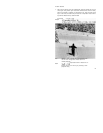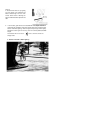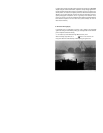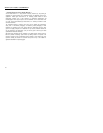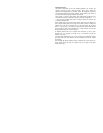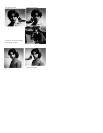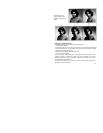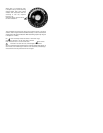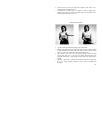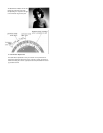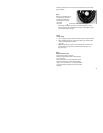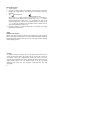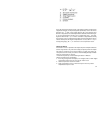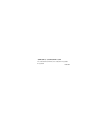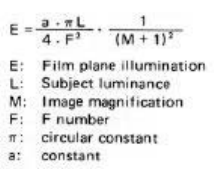
As can be noted from the above formula, if the subject luminance is fixed and the
magnification changes, the film plane brightness (illumination) varies in the inverse
proportion (M + 1)
2
. With a large subject distance, M is small and this effect
becomes nearly absent, but as the subject distance decreases, M becomes larger.
In an actual photographic example, with a magnification M of 1, film plane
brightness becomes (M + 1)
2
or 4. This is 1/4th that of a subject distance at infinity
and exposure must be increased 4 times. When the measured exposure value is
1/60 sec shutter speed, this must be compensated to 1/15 sec (1/60 x 4 = 1/15). In
closeup photography, (M + 1)
2
is referred to as the compensation factor.
Measuring Method
Hold meter as close as possible to the subject and point Lumisphere toward the
camera. If light source is very close to the subject, temporarily remove the subject
and hold the Lumisphere in the subject position. The light then striking the
Lumisphere becomes exactly the same as that illuminating the subject. To obtain
exposure compensation for closeup:
1. Determine exposure by normal incident light method. 2. Measure
subject and image sizes (groundglass).
3. If the image is larger than the subject, it is enlarged, while a smaller image is
compressed. Divide the larger value by the smaller value.
4. Obtain compensation factor from Table 1.
5. Apply compensation factor to measured exposure value to produce
compensated exposure value.
32



